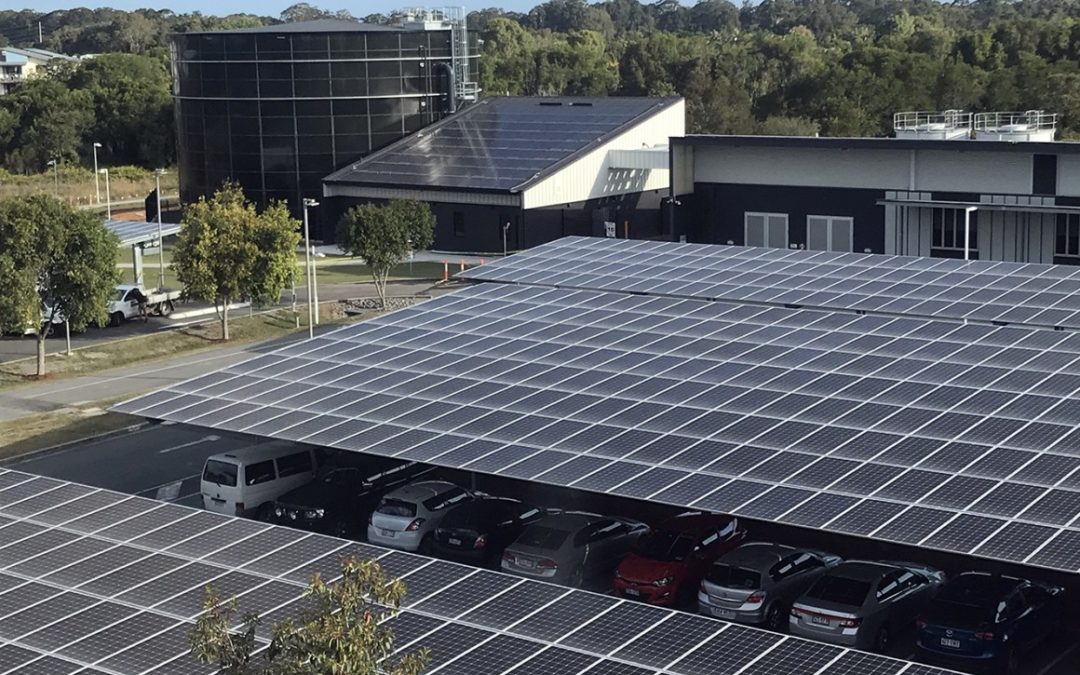Article Source: New Atlas
Article Link: https://newatlas.com/energy/three-story-water-battery-universitys-usc-40-percent/
The University of the Sunshine Coast (USC) in Queensland, Australia, is on a mission to become completely carbon neutral by 2025, and a huge early addition to its energy systems is boding well for these lofty ambitions. Switched on in September, a new three-story “water battery” is already producing enough juice to power the campus’ air conditioning systems, reducing its reliance on the grid by more than 40 percent.
In pursuit of its climate-neutral goals, USC teamed up with private company Veolia to draw up a new clean energy solution for its buildings. Looking to make the most of the region’s abundant sunshine and take a bite out of the grid energy used for air conditioning, which accounts for 40 percent of its overall usage, the two came up with a solution they’ve dubbed the “water battery.”
“Air conditioning accounts for 40 percent of our daily energy usage, so by eliminating this we are taking a major step towards our carbon neutral goal,” Professor Hill said back in August when the system was first announced.
It is in essence a huge thermal energy storage system. It makes use of 6,000 solar panels installed on the campus’ rooftops and carparks that make up a 2.1-megawatt photovoltaic system. The energy generated by this solar system is then used to cool 4.5 megaliters of water resting inside a three-story tank. This cooled water is then used for the campus’ air conditioning systems, and to great effect.
According to Veolia, the system is reducing the carbon footprint of the university by 42 percent. This rapid and dramatic impact has even earned it and the USC team some international acclaim, with the water battery winning the “Out of the Box” category at Iceland’s 2019 Global District Energy Climate Awards, announced last week.
“The system was switched on in September and is now delivering 2.1 megawatts of power and we estimate that we will save more than AU$100 million (US$69 million) in energy costs over the next 25 years,” says USC Chief Operating Officer Dr. Scott Snyder. “Another benefit is that we are able to take our students to visit the system and teach them about innovation and finding cleaner energy solutions for the future.”
Further to these huge cost savings, the system is expected to prevent more than 92,000 tonnes of CO2 emissions over the coming 25 years, the equivalent output of 525 typical Australian homes in the same timeframe, according to USC.

